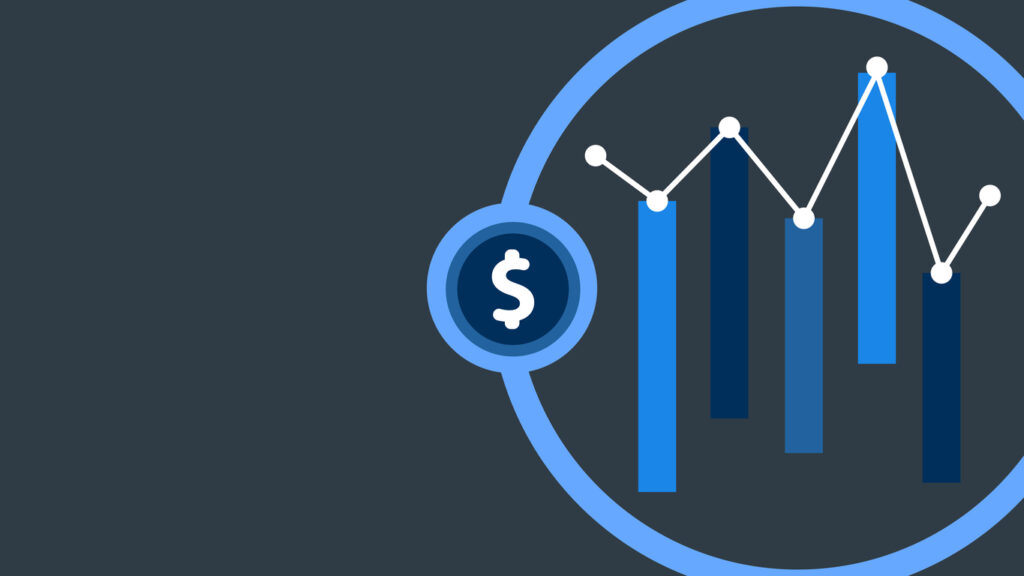Two Chief Takeaways and Four Pro Tips for B2B Price Modeling
By Chuck Bean
Historically high and stubbornly persistent inflation in recent years has wreaked havoc on more than just consumers’ wallets. It has also had the effect of throwing many companies’ pricing strategies out of whack and into question.
For many consumer brands — say, McDonald’s — pricing data can be observed and analyzed in real time, as sales data captures consumer behavior instantaneously and at enormous scale. But for B2B brands, or even consumer goods and services that don’t match the breadth and ubiquity of a McDonald’s, that real-time data that demonstrates consumer responsiveness to price fluctuations instantly and constantly can be much harder to come by.
So where data is scarce, it must be mined proactively. Especially in times of high volatility and with increased pressure on consumers’ budgets and spending, it is often not enough to simply canvas the competition and set pricing based on what one finds in the market. It’s likely true that those prices are being set somewhat arbitrarily as well, and not rooted in the sound data science that the McDonald’s and the Starbucks of the world have at their ready disposal.
Rather than play a hunch, the smart money is on a proven methodology for setting pricing strategy based on hard facts, figures and formulas.
How to Find Pricing Data that Seems Invisible
It’s not just the small and mid-sized businesses that lack access to inbound sales data and need to explore Price Modeling, though these types of boutique businesses certainly fall into the category. It can even be regional B2B and consumer brands, including franchises that may have 20-100 locations, say, but not the thousands upon thousands that those large corporate franchisers do.
There are two broad categories of the types of modeling one can do with respect to pricing…
1- Historical Data Analysis
The first is the analysis of historical pricing data and projecting forward based on mathematical formulas. If we can look closely at how markets and consumers have responded to fluctuations in pricing historically, we can glean insights and make informed calculations about how they might respond to price changes at present and going forward.
However, it is very common that companies do not track and record historical sales data and cross-reference it against fluctuations in price, up or down. In those cases, this type of modeling can’t be done.
So takeaway #1 is this: If you have not been tracking pricing and sales data, implement this process immediately — you will be grateful you did at some point in the future!
2 – Custom Research
In the absence of historical data — or in addition to, if it exists — the other category of Price Modeling that is quite revelatory is one executed using custom research methodologies. This is done by talking directly to customers and potential customers, including those patronizing competitors. This form of Competitive Intelligence yields detailed and accurate benchmarking information, resulting in data that can be plugged into the model that plots one’s own price points against the entirety of the competitive field.
Custom research to inform price modeling analysis often also includes exhaustive secondary research, such as scouring available public pricing information that can be found online, via secret shopper, or by interviewing business owners with direct and complete access to highly localized pricing data. For national franchisors, this on-the-ground data can be cumbersome to collect, but for Price Modeling to be accurate and effective, it’s critical to obtain.
In both cases, data is mined and plugged into predetermined formulas to extrapolate conclusions made from the studied sample across the broader set of geographies. In other words, for a national franchise with locations across the country, the goal would be to study a representative cross-section of the markets served and extrapolate gathered data out nationally, and — importantly — apply the model to markets a franchise may be expanding into, with little prior knowledge.
Takeaway #2 is this: Make sure the model is accounting for the complete and accurate sample set, as explained in the next section…
Price Modeling Pro Tips
Pro Tip #1: Account for regionality and demographics.
As alluded to above, one of the most important considerations to account for when building price models is to account for price sensitivity that varies by geography, age, size of market, local purchasing power, and so on. The model when applied to New York, for example, will look quite different than one applied to a rural suburb in the Midwest. One example of data that can be mined would be home pricing/value data that dates back 10 years or more — publicly available information that needs to be mined for intelligence.
Pro Tip #2: Apply time-series analysis whenever possible.
Price modeling does not entail taking a snapshot in time and considering the case closed. Especially in highly volatile times such as those we’ve experienced since early 2020, things change — fast. What you want to do to the extent possible is apply what’s known as time-series analysis: a way of analyzing a sequence of data points collected over an interval of time. In time-series analysis, you are able to observe data points at consistent intervals over a set period of time, rather than just recording the data points intermittently or randomly in a static state.
Pro Tip #3: Know your brand’s value in the market hierarchy, and apply the model appropriately.
Gathering and analyzing data is paramount, of course, but it’s not the only consideration. In other words, it’s not simply a matter of building a price model that always positions your brand as the low-cost alternative, or even the consistent middle-of-the-road option. As discussed in detail previously, doing the work to understand your brand’s positional value is a critical component to setting pricing strategy. Engaging in the study to determine your brand’s authentic and appropriate market position is a key data point that should be plugged into your price models. Are you the Cadillac in your category, or the Chevy? There is no wrong answer, necessarily, but there is a right answer.
Pro Tip #4: One size does not fit all.
Especially for the aforementioned franchise operators with locations across the country, each subject to its own local pricing influencers, it is often wise to build multiple price models for each region or location that requires its own evaluation, rather than one model for the entire set of franchisees. Each distinct model may require different data sets, slightly nuanced formulas, and bespoke research methodologies.
Set It and Don’t Forget It
The nice thing about developing a price model is that, once it’s built the first time, maintenance is fairly straightforward going forward. The franchise operator or small business owner is able to plug the data in themselves, either manually or via established systems and processes created when the model is built. Sometimes we are called down the road to either audit the model and/or provide insights into what can be updated or optimized, but typically the model can run on its own once initiated.
Of course, if needed, we are always available on standby to help.
Chuck Bean is a Martec Partner and serves as Chief Marketing Officer. To get in touch, use the Contact Us form below.





